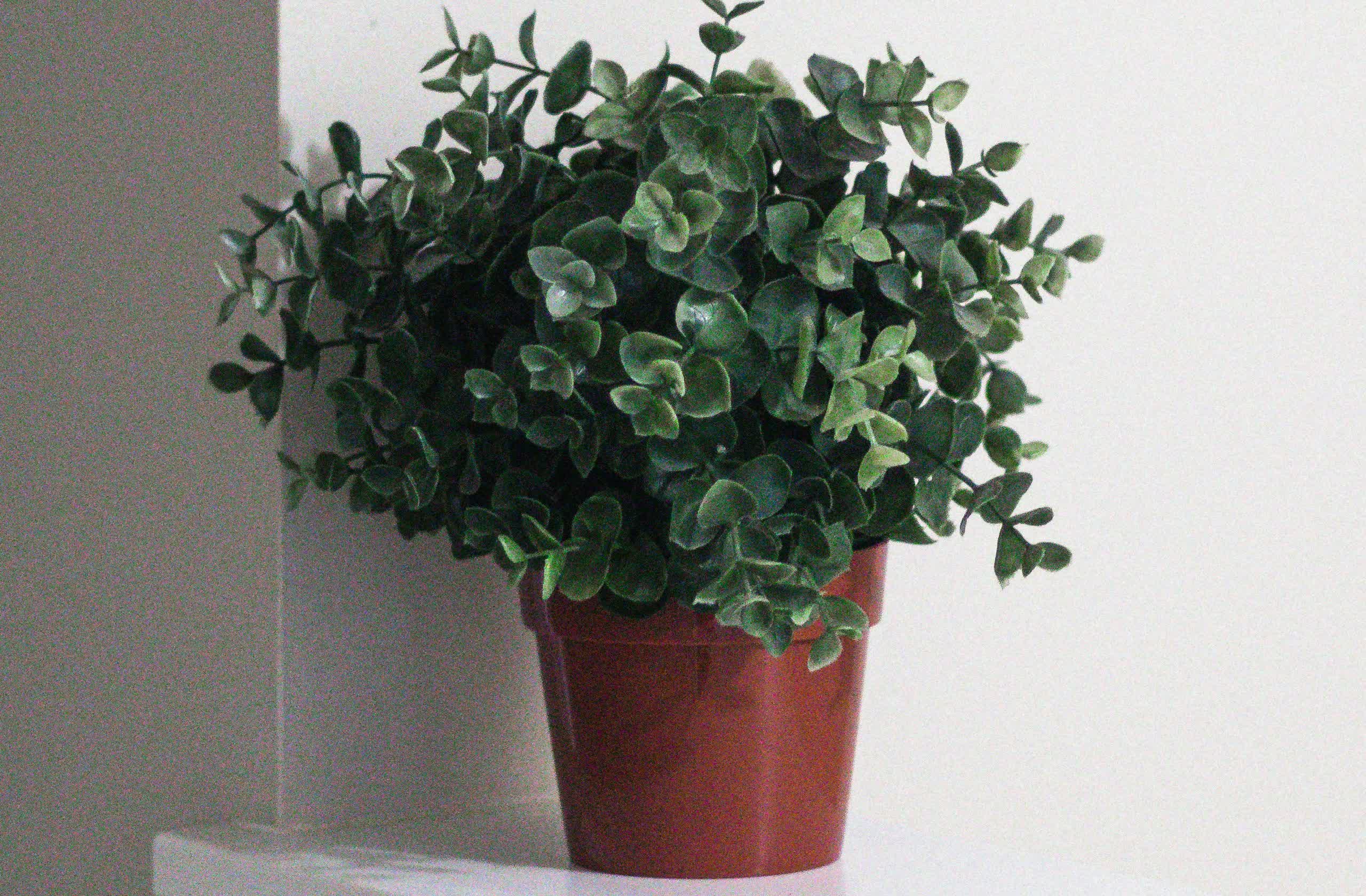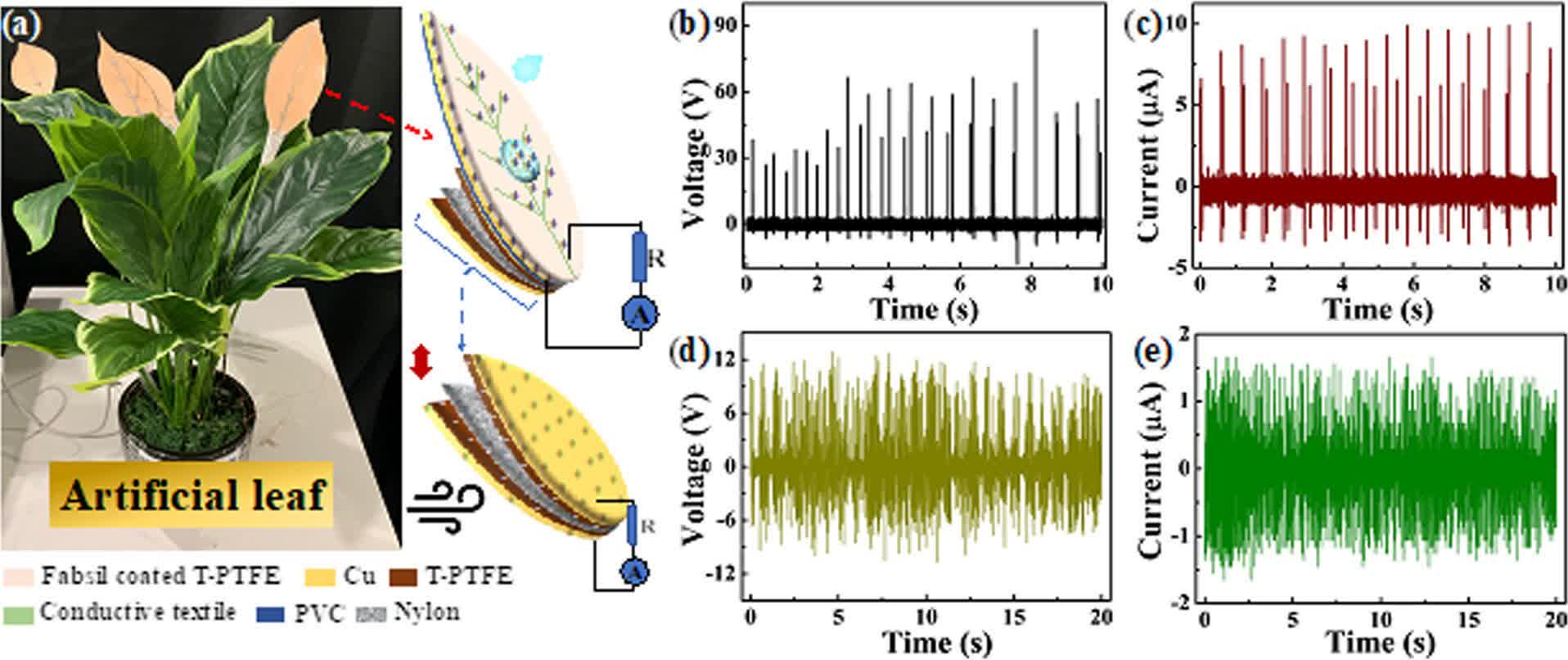Forward-looking: One of the primary drawbacks of renewable energy is that some of its primary sources aren't consistently available. Researchers recently proposed a proof-of-concept to partially address the issue by simultaneously harnessing electricity from two natural forces. It could lead to more resilient and longer-lasting power sources for certain devices after further development.
Researchers from the American Chemical Society (ACS) recently released a paper detailing a fake plant that could harvest energy from wind and rain. Combining two clean power methods into a single device could facilitate efforts to reduce reliance on fossil fuels.
The multisource energy harvester would primarily benefit small devices like IoT products, components for smart buildings, or sensor arrays. Currently, such devices mostly rely on conventional electricity grids or lithium-ion batteries. Batteries eventually require recharging or disposal, and disposal can harm the environment.
Furthermore, individual renewable energy sources depend on ever-changing environmental conditions. Wind turbines don't generate power on calm days, and solar panels don't work at night. A multisource harvester would increase opportunities to draw from renewable energy and reduce the need to recharge or replace a battery.
The ACS's apparatus combines two devices into a shape resembling a leaf. The textile triboelectric nanogenerator (TENG) gathers kinetic energy from the wind, and a droplet-based electricity generator (DEG) layered on top receives power from falling rain droplets.
When wind hits the TENG, it causes multiple layers of nylon nanofibers, copper electrodes, and Teflon to contact, generating electricity from the resulting static. Meanwhile, when raindrops run down the waterproof DEG on the outer surface, also made using Teflon, it causes an electrical imbalance in the conductive fabric, which provides electrodes.
Under optimal conditions, the TENG can produce 252 volts and the DEG 113 volts for short periods. When the researchers incorporated the devices into an artificial plant in a natural environment, it powered 10 LED lights in short flickers. It might not be sufficient for practical use, but the method could be refined for a more extensive network.
Despite mimicking a plant, the system the ACS proposed doesn't harness solar power. Over the last year or so, multiple groups have presented various methods for increasing solar adoption, while recent breakthroughs could improve its efficiency. We could soon see solar panels on trucks and train tracks, and it may be possible to beam it from space.


